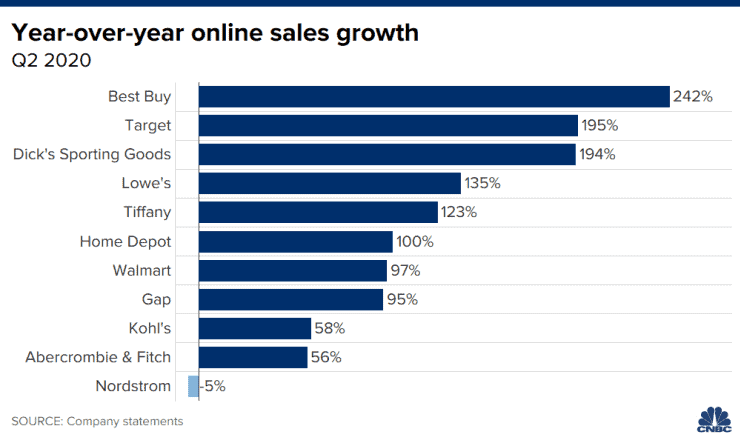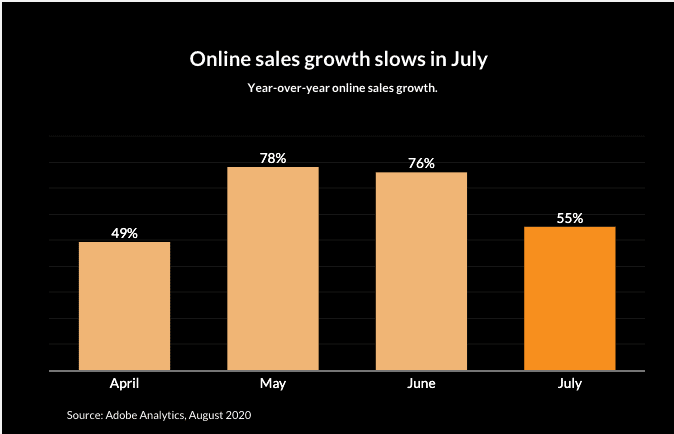We need to better understand shoppers. Why? Because retail is in crisis.
Investment in brick-and-mortar stores has declined 30% in the US and a staggering 50% in Europe. In the UK 50,000 of the 500,000+, high street stores are empty, that’s a whopping 10%. But that level can even be higher, double or triple that in some parts of the country. The government in the UK upped its rescue fund to a billion pounds and slashed its rates in the hope of lowering rents last year.
And as if all that weren’t enough, the pandemic has been the final straw. With its lockdowns and restrictions, covid has pushed many shops over the brink and into bankruptcy. If retail as we know it is to return to “normal” – and many, including the HBR have already declared this to be near impossible – it is important to understand what is going on in our shoppers’ brains.
Background
Shoppers, that’s you and me, are changing. We have an insatiable appetite for instant gratification and novelty. More clothes stores are shut down than any other category because sales have gone online. And eating at home is now the norm, other than cheap, fast food stores, so restaurants and bars are suffering too. Both of these trends have been further exacerbated by the pandemic of course.
So if bricks and mortar stores are in difficulty, are we helping our customers to buy online? I don’t even think so. It seems as if we are trying to benefit from their desire to do so. Something rather sinister has been happening. Let me show you.
Capturing Customer Data
Online, even more than offline depends upon capturing customer data. Retailers need it to deliver products of course, but we all seem to have become data mad! We collect masses of information from our (potential) customers and then probably do very little with it all. But in the process, we have surely alienated a few, if not many would-be shoppers, to the point of them abandoning their carts and buying elsewhere.
According to MarketingCharts.com, shoppers now believe that their data benefits companies and brands more than it does themselves.
In the Janrain report “Brand Trust Survey” 48% of US internet users try to buy exclusively from companies they trust to protect their personal data. But most don’t trust us with their data, and for good reason, it seems. As claimed by Thales, 75% of US retailers have experienced a data breach, 50% in the last year, up from 19% in 2017. Despite this high level and mistrust, one thing shoppers do agree on is that technology has made things better for them.
More than three out of five consumers say retail technologies have improved their shopping experiences, according to a survey by the National Retail Federation. Eight in 10 say that they’ve had better interactions as a result of these technology investments. This is further proof that retailers should be actively seeking out new, advanced … Click to continue reading














